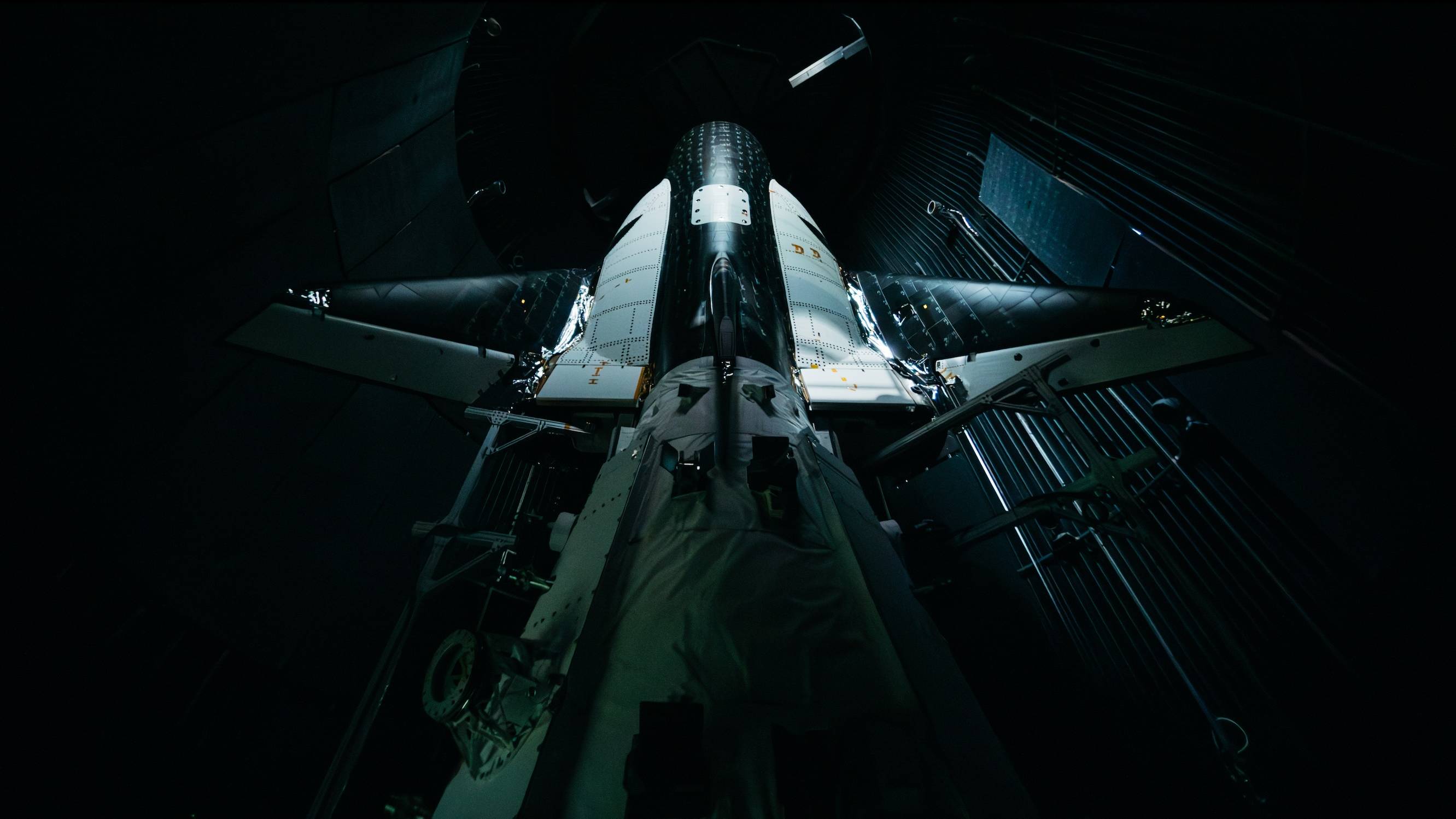The first Dream Chaser space plane has arrived on Florida’s Space Coast to prepare for its upcoming liftoff.
The Dream Chaser robotic vehicle, built by Sierra Space in Colorado, arrived at NASA’s Kennedy Space Center (KSC) on Saturday (May 18) for final testing and processing ahead of the first-ever cargo flight to the International Space Station (ISS). . The spaceplane is called Tenacity, and coupled with the Shooting Star cargo module, it will deliver supplies to the International Space Station in the near future.
Tenacity’s first flight, expected in late 2024, will lift off aboard United Launch Alliance’s new Vulcan Centaur rocket from Cape Canaveral Space Force Station, adjacent to KSC. Together, the spaceplane and module will deliver 7,800 pounds (3,500 kg) of cargo to the orbiting laboratory. NASA officials wrote in a statement on Monday (May 20)..
Related: Sierra Space unveils the Dream Chaser space plane before the first flight to the International Space Station (video)
The Dream Chaser, which can send cargo or astronauts into low Earth orbit depending on the variant, is a spacecraft that borrows its design from NASA’s Space Shuttle and Soviet-era designs.
The Dream Chaser was an early participant in NASA’s Commercial Crew Program, while under the supervision of former Sierra Space entities (SpaceDev, then Sierra Nevada Corp., or SNC.)
Dream Chaser was not selected for commercial crew flights; Instead, NASA chose SpaceX’s Crew Dragon and Boeing’s Starliner in 2014. SNC filed a protest with the US Government Accountability Office in September of that year, alleging “serious questions and inconsistencies in the source selection process,” but the GAO Government Accountability later ruled against SNC, finding no problems with the assessment.
SNC later received Commercial Resupply Services 2 (CRS-2) A contract from NASA In 2016, the company was tasked with completing at least six flights to the International Space Station. (SpaceX and Orbital ATK, now part of Northrop Grumman, also received funding for the Dragon and Cygnus vehicles, respectively.) Dream Chaser prototypes have also completed ground testing, as well as autonomous glide flights in the Earth’s atmosphere, in the past decade or so. .
Development delays are common in large programs, but Sierra Space (the current name of Dream Chaser’s developer) has made significant progress in recent months.
NASA officials tested the spaceplane at NASA’s Neil Armstrong Test Facility in Ohio earlier this year, along with the Shooting Star cargo module.
Ohio’s work included vibration testing and checking the systems for their ability to operate at low pressures and extreme temperatures similar to space, agency officials said. NASA added in a statement Monday that KSC’s upcoming activities include “acoustic and electromagnetic interference testing and compatibility testing, completion of work on the spaceplane’s thermal protection system, and final payload integration.”

“Beer aficionado. Gamer. Alcohol fanatic. Evil food trailblazer. Avid bacon maven.”

